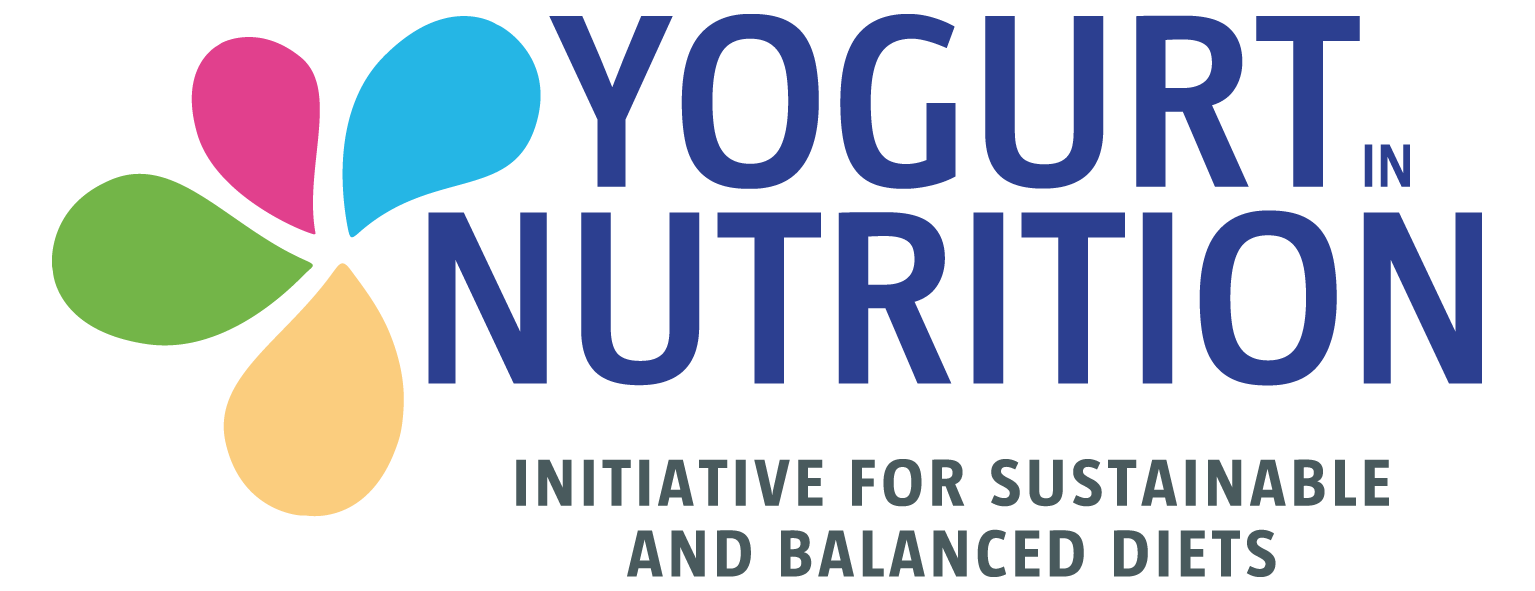While snacking is large worldwide food habit, some studies show that this consumption moment may be an interesting opportunity to choose nutrient-dense products, as yogurt, milk, fruits, nuts and seeds.
According to the data from the What We Eat in America (WWEIA) tables, National Health and Nutrition Examination Survey (NHANES) and the School Nutrition Dietary Assessment Study (SNDA), 97% of US children eat snacks, which contribute to 37% of children’s energy intake and consist of almost 40% of the added sugar. Many common snacks are high in saturated fat, sodium, and sugars. Studies suggest that type of snacks may be associated with adiposity, diet quality or body mass index.
A recent US study evaluated the nutritional quality of several popular snacks, using the Nutrient-Rich Foods (NRF) Index. This index assigns scores to foods, based on their nutrients to encourage and nutrients to limit. The higher the score, the higher the nutritional density of the snack is.
Yogurt: the most nutrient-dense snack
With a NRF score of 55.3, yogurt emerged as the most nutrient-dense snack, followed by milk (52.5), fruit (30.1), and nuts and seeds (26.7). Yogurt contains high amounts of nutrients to encourage, like protein, calcium, potassium, vitamin D, and magnesium, with relatively small amounts of nutrients to limit (saturated fat, total sugars, and sodium) in a 100 kcal serving. In this study, it scored higher than milk because the leading yogurt products are all non-fat. In contrast, the less nutrient-dense snacks are carbonated drinks (-17.2), pies and cakes (-11.1), ice cream (-4.4), and candy/gum (-4.0).
Based on the nutrient profiling of the products, and the recommendation of specific snacks, like yogurt, snacking could become an eating occasion that contributes positively to the nutrient-density of the American diet.
Yogurt as a new way of snacking
Indeed, substituting current snacks with one serving of low sugar, whole milk yogurt, combined with fruit or vegetables, would increase children’s consumption of valuable nutrients without adding excess sugar or energy.
The diets of American children aged 2 to 11 contains surplus energy and sugars but insufficient Vitamin D, calcium, and potassium.
Adding one 6oz (~170g) serving of yogurt each day would provide enough calcium for children aged 9 to 11 to meet the recommended level of intake, and would increase vitamin D and potassium consumption for children of all age groups. Combining yogurt with fruit or vegetables for snacks would also increase consumption of all nutrients of concern.
Source:
- Hess J, Slavin J. Snacking for a Cause: Nutritional Insufficiencies and Excesses of U.S. Children, a Critical Review of Food Consumption Patterns and Macronutrient and Micronutrient Intake of U.S. Children; Nutrients. 2014 Oct 30;6(11):4750-4759.
- Hess J et al. The Nutrient Density of Snacks: A Comparison of Nutrient Profiles of Popular Snack Foods Using the Nutrient-Rich Foods Index, Global Pediatric Health, 2017, Vol. 4: 1–6





